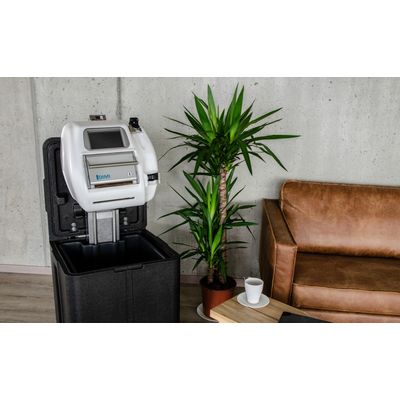


Infomed - Model PD - Peritoneal Dialysis
Peritoneal dialysis allows replacing the kidney function when it is not able to do the job adequately. The target is to remove waste products (toxins) from the patient’s body thanks to his own membrane, the peritoneum, which allows transfer of solutes and water to the peritoneal cavity from where it is extracted to a drain bag.
In case of chronic renal failure, the peritoneal dialysis (PD) uses the patient`s peritoneum as a membrane across which fluids and dissolved substances (electrolytes, urea, glucose, albumin and other small molecules) are exchanged beetween the blood and a fluid named dialysate which is injected in the abdomen.
Chronic renal failure
This therapy is usually performed daily with 4 to 5 exchanges either manually during the day (CAPD) or nightly with a machine (APD) for automatically refreshing the fluid.
A fluid named dialysate is introduced through a permanent tube, the catheter, in the abdomen and flushed out after a dwell time of 1-3 hours which is the time necessary to transfer the waste products from the blood to the dialysate. It is done either every night while the patient sleeps (automatic peritoneal dialysis: APD) or via regular exchanges throughout the day (continuous ambulatory peritoneal dialysis: CAPD).
